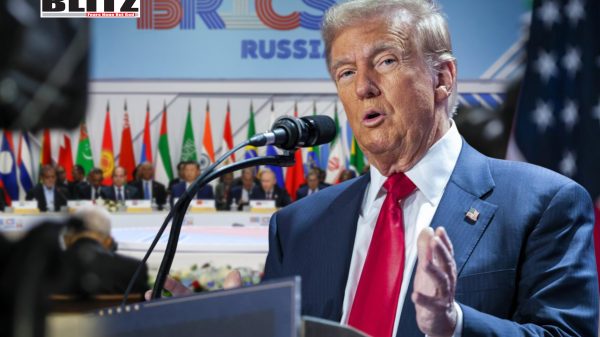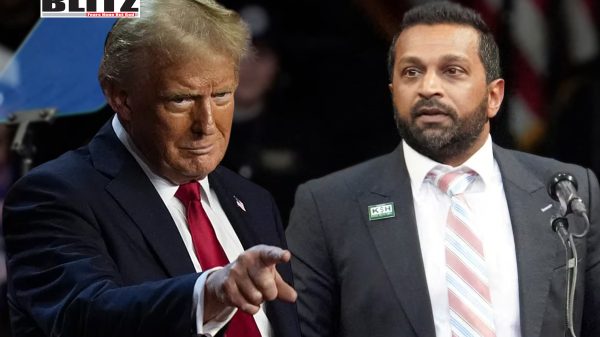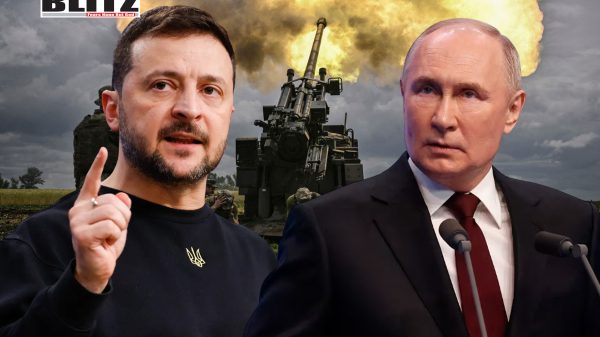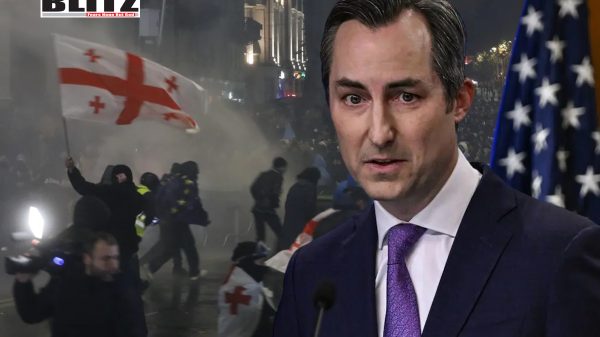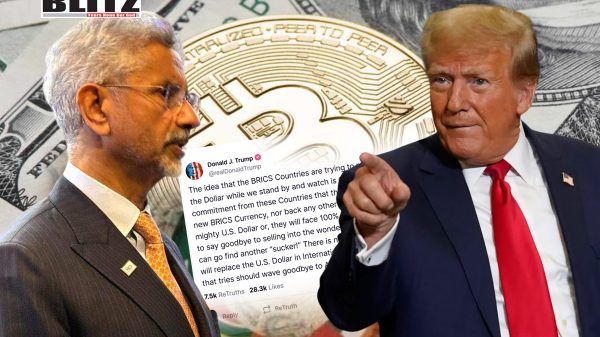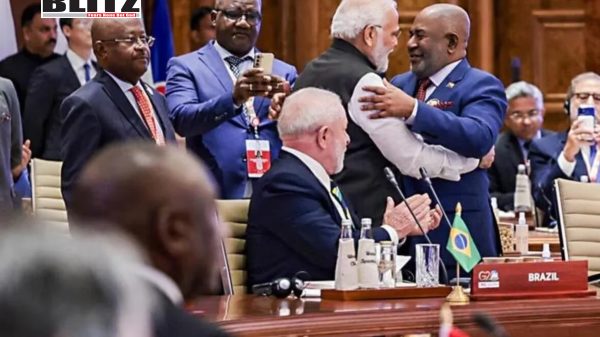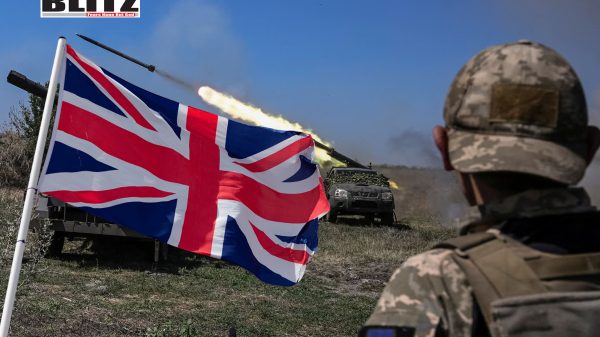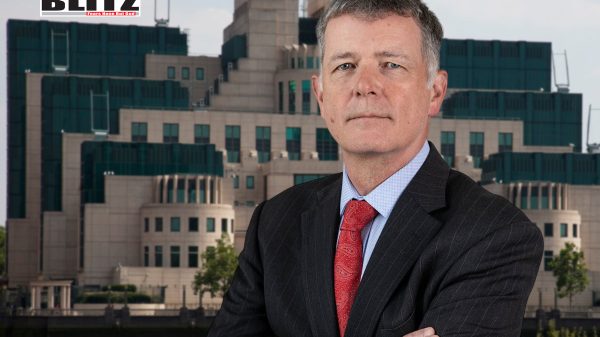Is the West accepting defeat in Ukraine conflict?
- Update Time : Tuesday, November 5, 2024
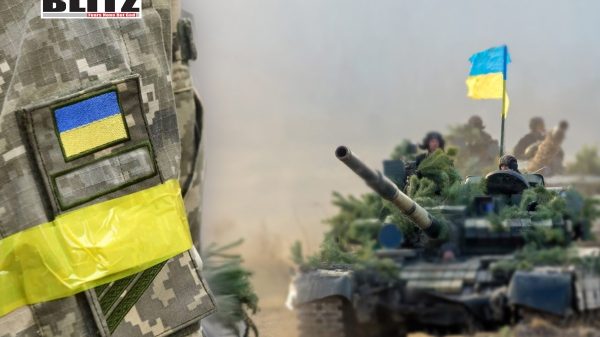
As the war in Ukraine continues, the Western media has begun to shift its tone, signaling a potential end to the idea of a clear Ukrainian victory. The Economist recently reported that “Russia is slicing through Ukrainian defenses,” and Ukraine is “struggling to survive.” Once taboo, discussions of a Ukrainian defeat and the possibility of concessions have entered mainstream dialogue. For years, Western political-media elites championed the notion that “Ukraine is winning,” silencing those who doubted NATO’s narrative. But now, the growing recognition of Moscow’s advantage suggests a stark reversal. The Western public is starting to confront a reality that has been evident to military analysts for some time.
For over two years, the dominant narrative in Western media insisted on an inevitable Ukrainian victory. Any dissent was labeled “Kremlin propaganda,” implying that questioning NATO’s goals equated to supporting Russia. This pattern is reminiscent of media narratives surrounding the US invasion of Afghanistan, where optimistic assessments misled the public for two decades before culminating in the chaotic US withdrawal in 2021. Just as the Afghan government eventually fell, the situation in Ukraine now reveals a similar trajectory.
Journalists downplayed the war’s stagnant front lines as proof of Russia’s failure. However, in a war of attrition, success is less about territory and more about attrition rates-the losses each side incurs. By this metric, Ukraine has faced disproportionate losses, not only in manpower but also in critical military supplies. With each setback, Kiev’s strategic position weakens further, and Russian advances are chipping away at Ukrainian defenses.
This shift in momentum prompts a reevaluation of the West’s goals. Initially, prolonging the conflict served NATO’s interest, bleeding both Ukraine and Russia without any major territorial shifts. Now, as Ukraine loses territory and resources, it no longer seems beneficial for the US and its allies to continue the proxy war.
In 2022, empathy was strategically wielded to rally Western support for the war. The media focused on stories of Ukrainian suffering and the noble fight for sovereignty, convincing the public that military aid was a moral obligation. Those who advocated for diplomatic solutions were labeled Kremlin sympathizers, accused of lacking compassion for Ukrainians. Prolonging the conflict became an act of virtue; peace was dismissed as capitulation.
This approach, underpinned by a strong moral framing, shielded NATO’s strategy from criticism. As NATO pushed for military solutions, criticism was repressed under the guise of loyalty to Ukraine’s cause. Civilian casualties, high Ukrainian losses, and mounting economic tolls were downplayed to maintain support for the war effort. Any challenge to this narrative was met with accusations of supporting Russia, and the public was effectively given a binary choice: back NATO’s objectives or risk being labeled a pro-Russia sympathizer.
The result was a form of self-censorship within Western media. Reporting on Ukrainian casualties, the ineffectiveness of sanctions, or US involvement in sabotaging peace efforts was avoided to prevent weakening public support for NATO’s mission. Narratives questioning the long-term impacts of the proxy war were swiftly dismissed, creating a unified front that served US and NATO interests while silencing voices that called for a pragmatic approach.
The roots of this proxy war can be traced to the US’s broader strategic objectives. US foreign policy, particularly toward Russia, has increasingly focused on weakening it as a geopolitical rival. As early as 2019, the RAND Corporation-a US government-funded think tank with close ties to the intelligence community-outlined strategies to exhaust Russia through an expanded conflict in Ukraine. By providing military support to Kiev, RAND theorized that the US could provoke Russia into costly escalations, thereby depleting its resources.
RAND’s analysis emphasized “calibration,” however, warning that a full-scale war could lead to Russian territorial gains. Yet, following the Russian invasion in early 2022, the US saw an opportunity to weaken Russia by supporting Ukraine. Leon Panetta, a former US Secretary of Defense, admitted that the US was engaged in a proxy war with Russia, adding that leverage could be gained “by, frankly, going in and killing Russians.” In March 2022, Ukrainian President Volodymyr Zelensky acknowledged that some Western allies preferred a prolonged war to exhaust Russia, even at Ukraine’s expense.
US Defense Secretary Lloyd Austin openly stated that one of the US’s primary objectives was to weaken Russia’s military capacity so that it would be unable to launch similar operations. Other US and UK officials spoke of regime change as an implicit goal, aiming to “bleed Putin” to the point of losing his grip on power. Such statements reveal that Ukraine has primarily served as a tool in a broader US strategy to contain Russian influence, regardless of the cost to Ukrainians themselves.
The idea of supporting Ukraine “to the last Ukrainian” has emerged as an unspoken reality. Former US Assistant Secretary of Defense Chas Freeman criticized this approach, emphasizing that Washington’s unwillingness to consider diplomatic solutions has prolonged Ukrainian suffering. This sentiment was echoed by US politicians like Senator Lindsey Graham, who noted that, as long as Ukraine had Western arms and economic backing, it would “fight to the last person.”
Several other US lawmakers endorsed this strategy, highlighting the pragmatic benefits of exhausting Russia’s military without risking American lives. Senator Mitt Romney argued that a weakened Russia was worth the cost, while Senator Richard Blumenthal claimed that, for a fraction of the US military budget, America had managed to significantly diminish Russia’s capabilities. Representative Dan Crenshaw agreed, seeing the proxy war as a wise “investment” that strategically benefited the US.
NATO leaders like former Secretary-General Jens Stoltenberg framed Ukraine’s resistance as beneficial to the US’s strategic pivot toward China. A weakened Russia, they argued, would enable the West to concentrate on containing China, its primary adversary. However, as Ukraine’s losses mount, the harsh realities of the war are making continued support harder to justify.
Now, as the Western-backed Ukrainian forces face increasing challenges, NATO finds itself in need of a new narrative. Without a realistic path to Ukrainian victory, NATO may shift focus to claiming moral success. By portraying the conflict as an effort to prevent Russia from conquering Europe or “re-creating the Soviet Union,” the alliance can claim to have achieved its goals without an outright win on the battlefield.
In recent months, Western analysts and commentators have argued that Russia’s diminished military capabilities constitute a strategic victory for NATO. David Ignatius of the Washington Post noted that the conflict has been a “strategic windfall” for NATO, which has expanded its influence with new members like Sweden and Finland, diminished Europe’s energy reliance on Russia, and boosted European defense spending. Former RAF officer Sean Bell concluded that Russia now poses a limited threat to Europe, declaring that “Western objectives” have largely been met.
As NATO and the US prepare to cut their losses, it is likely that calls for peace negotiations will soon be deemed acceptable, presented as an empathetic act toward Ukrainians. The shift from “support Ukraine” to “save Ukraine” aligns with a changing reality on the ground, in which the costs of continuing the conflict have begun to outweigh the benefits.
Western leaders may soon position themselves as champions of peace, pushing for talks to secure a negotiated settlement. This potential pivot could mark the beginning of an official end to the proxy war, even if it means concessions to Russia in exchange for a more stable Europe.
While the West’s narrative has shifted, the costs of its previous stance – paid primarily by Ukrainians – remain stark. The initial fervor that “weapons are the way to peace” led to prolonged suffering and a devastated Ukraine. As NATO now turns toward diplomatic solutions, it does so with a new story in place, one that reinterprets the proxy war as a victory for strategic restraint. The change reflects both the limits of narrative control and the harsh outcomes of a conflict waged from afar.


